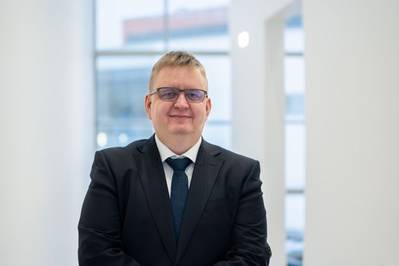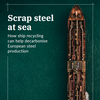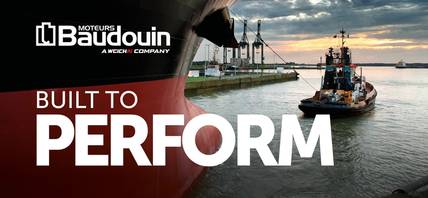New Electrical Strategy Prevents Blackouts
Timo Alho's doctoral dissertation at the University of Vaasa, Finland, introduces a pioneering power management strategy that prevents ship blackouts.
In Alho's management principle, the vessel's electrical equipment is capable of independently supporting the ship's grid without centralized commands. This makes the vessel's power systems significantly more fault-tolerant than before.
The maritime industry's green transition is driving vessels towards modern direct current (DC) networks, but the control strategies for them have lagged behind. Traditionally, shipboard power management has relied on a centralized automation system that continuously calculates the available power.
The problem is that the centralized system is slow and rigid. If a ship's generator fails suddenly, the central control cannot react in time. The remaining generators are easily overloaded, resulting in a blackout, explains Alho.
Alho’s management principle reverses the conventional philosophy. Instead of one central control system micromanaging all the equipment, the 'intelligence' is distributed. The central control only provides the operational boundaries – a "sandbox," as Alho calls it – within which the devices can operate independently.
Devices, such as the main propulsion or battery inverters, directly monitor the grid's DC voltage, which is directly proportional to the generator load.
If a generator drops off the grid, the voltage collapses. This is an immediate signal to all devices to 'throttle down' their power, or for the batteries to support the grid. This all happens autonomously in milliseconds, without an active command, says Alho.
The result, from a power management perspective, is a significantly safer, simpler, and more flexible system. It is also easier to expand, as new equipment does not need to be complexly programmed into the central system. The method is based on existing standard technology, so its adoption depends mainly on a change in design philosophy.









